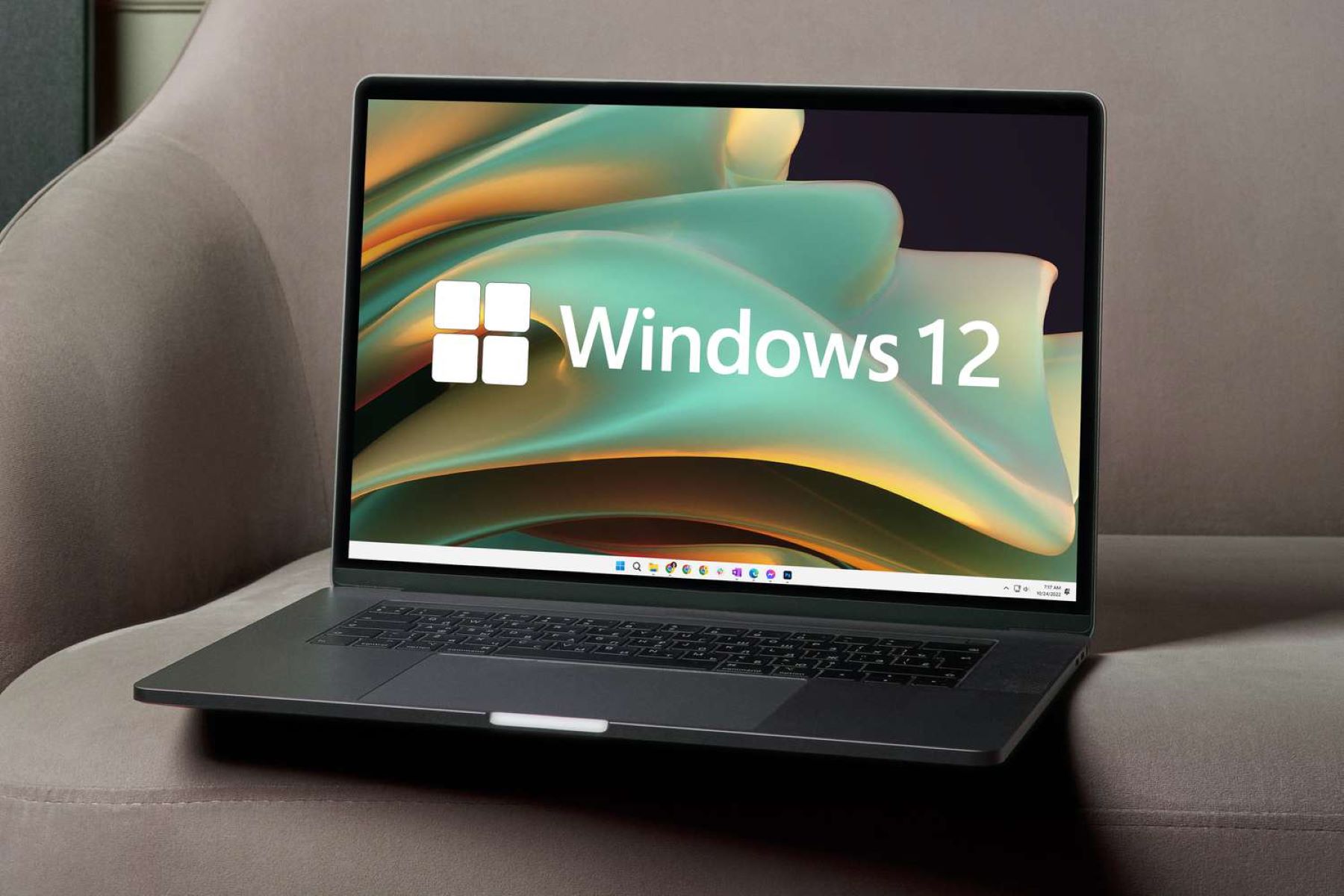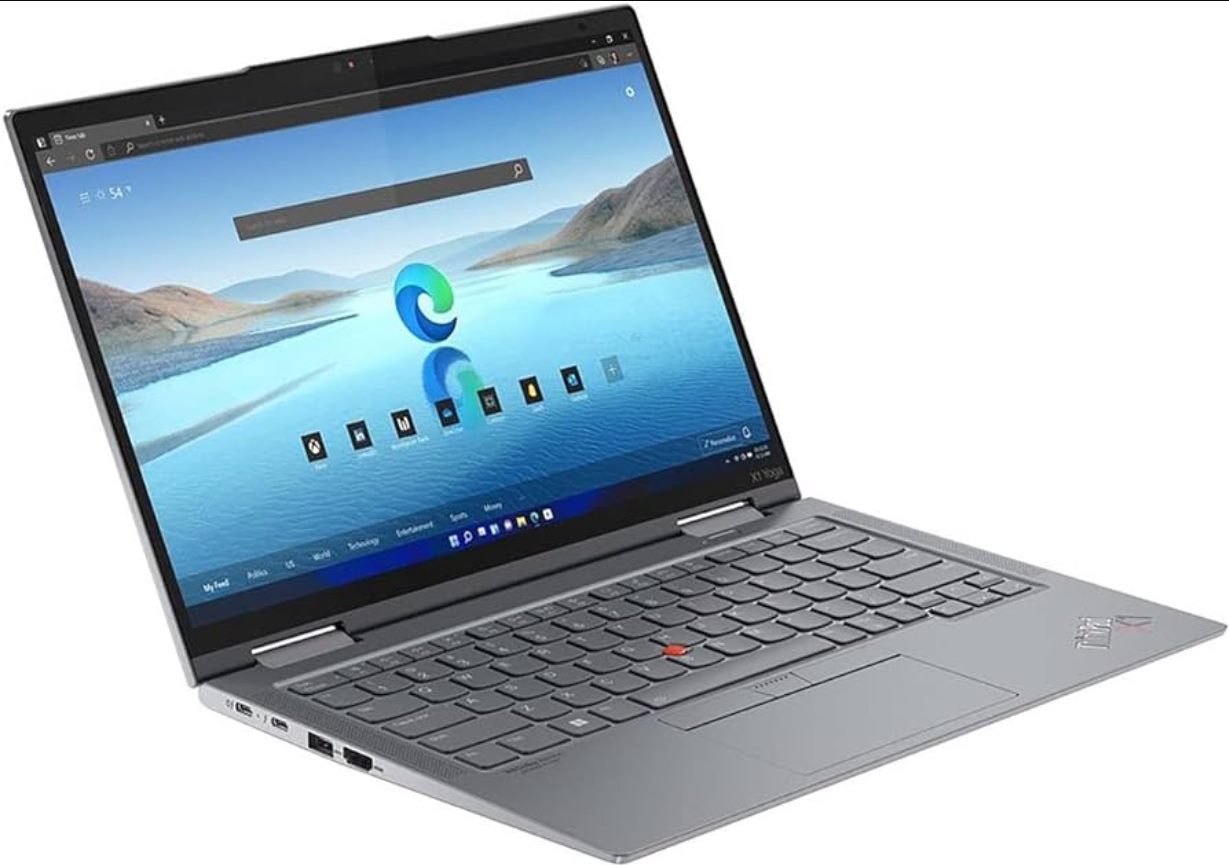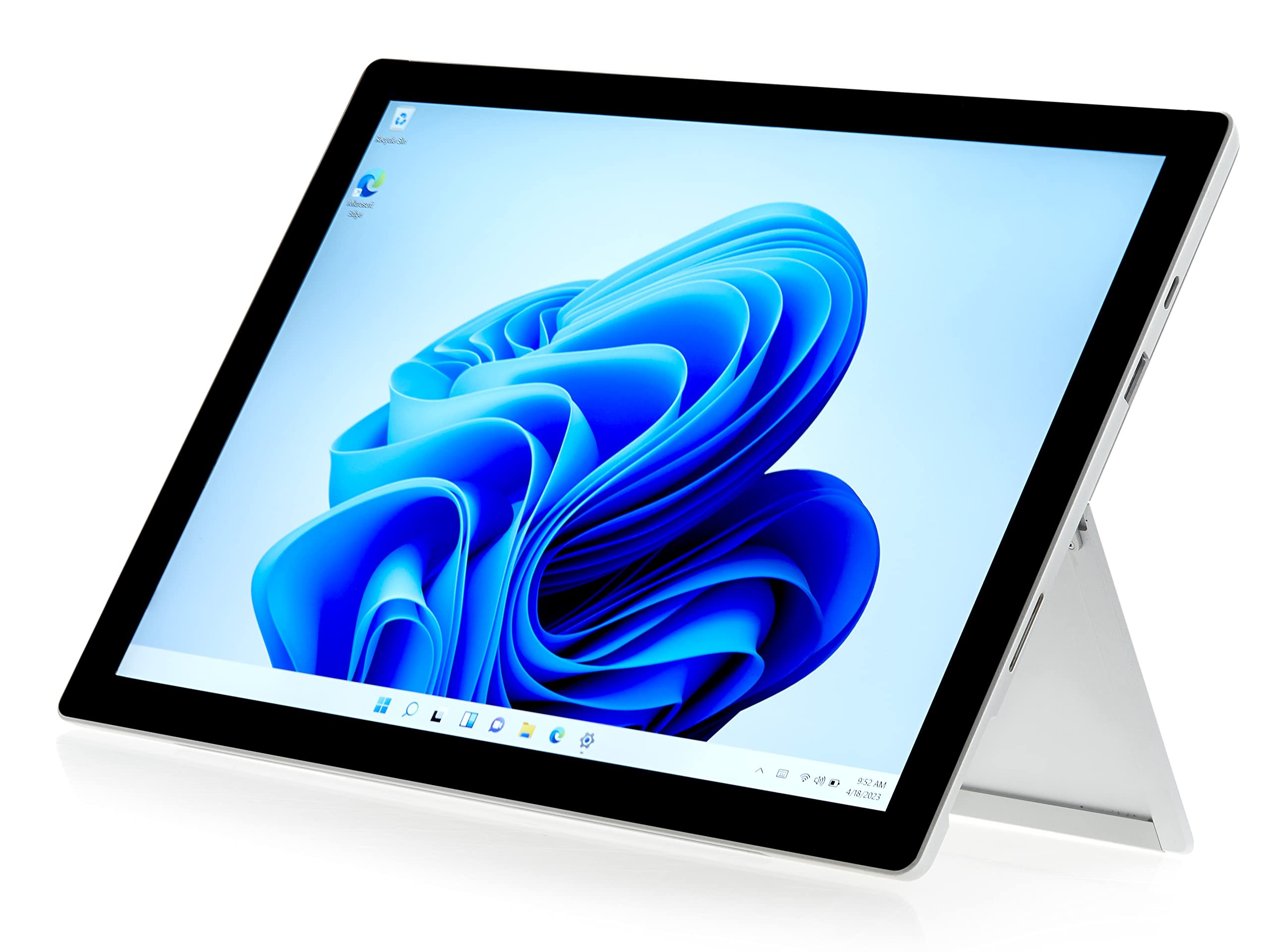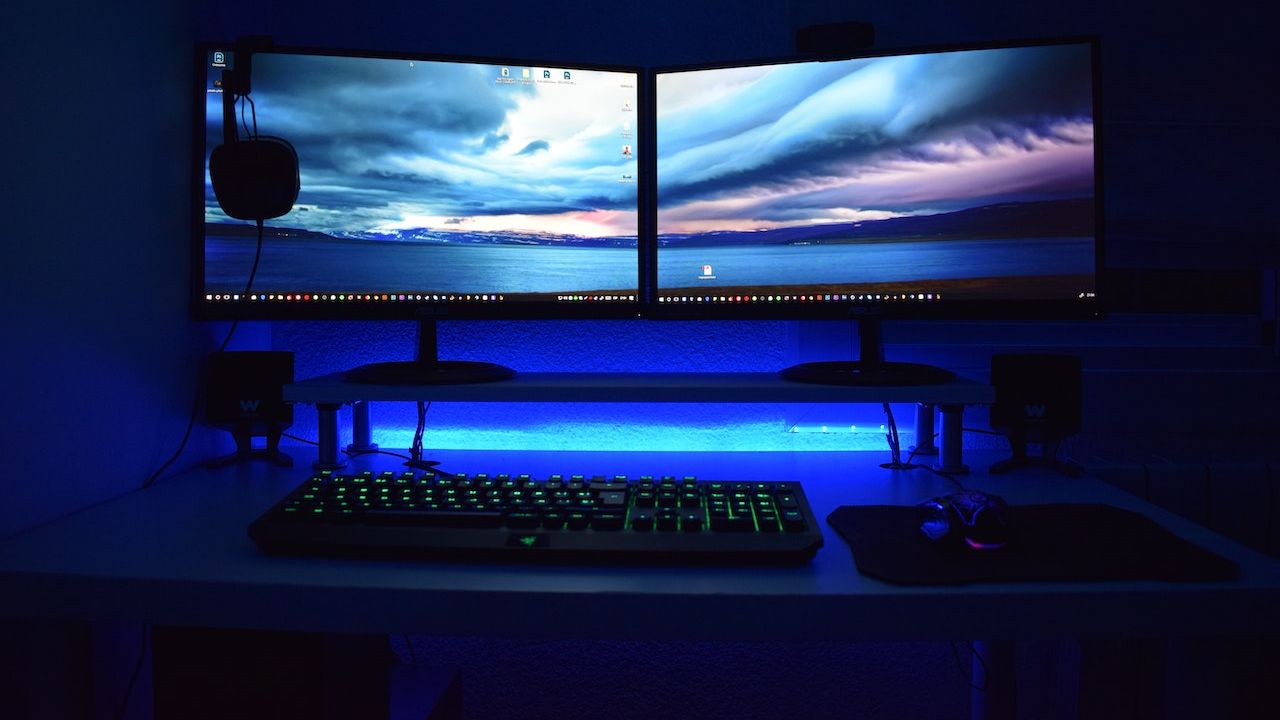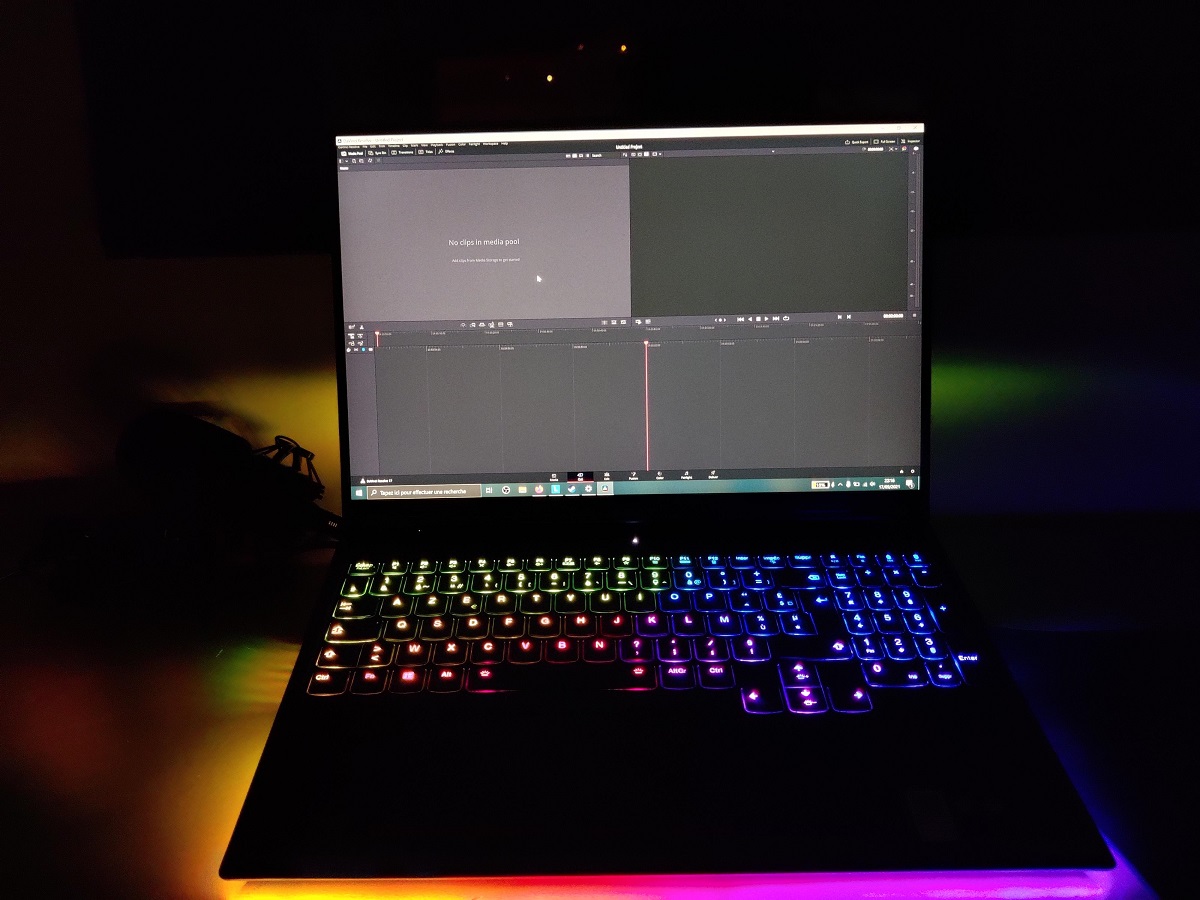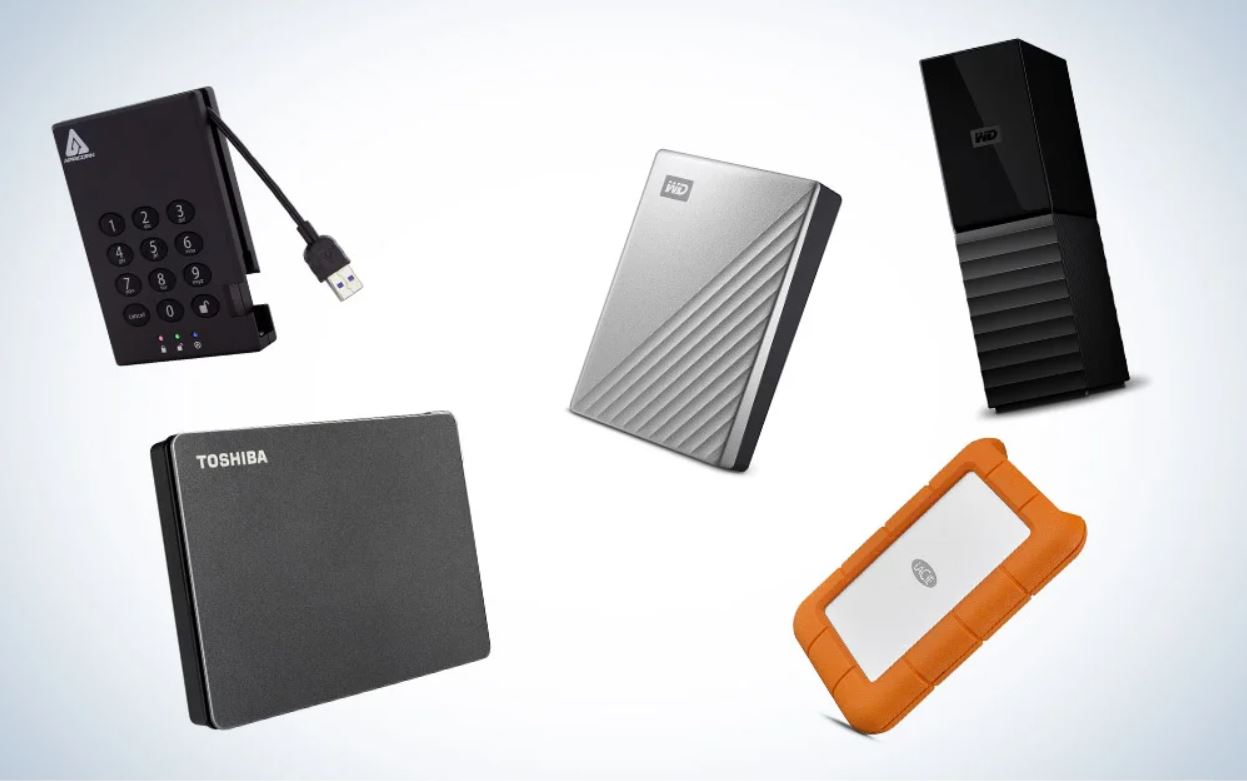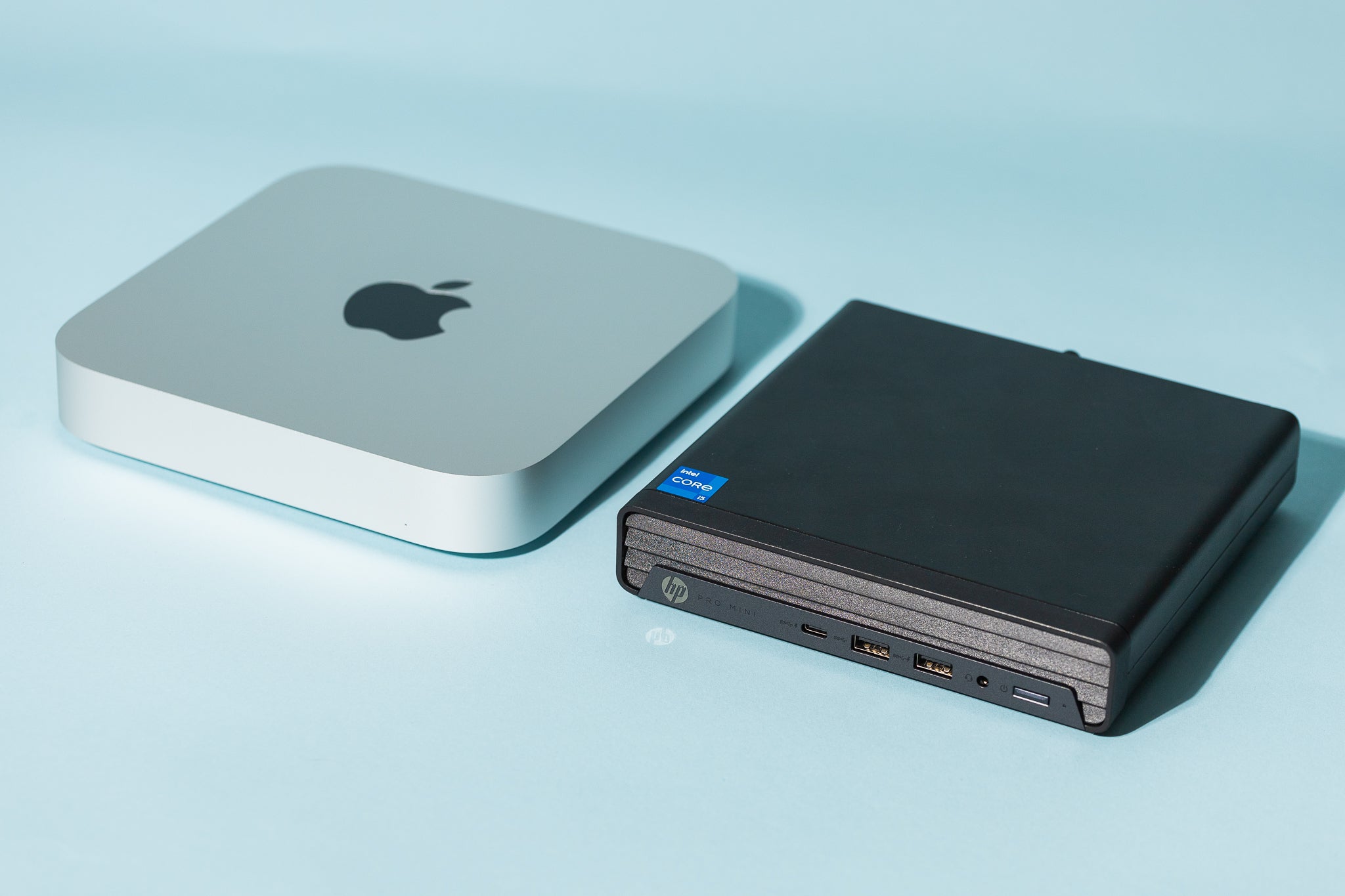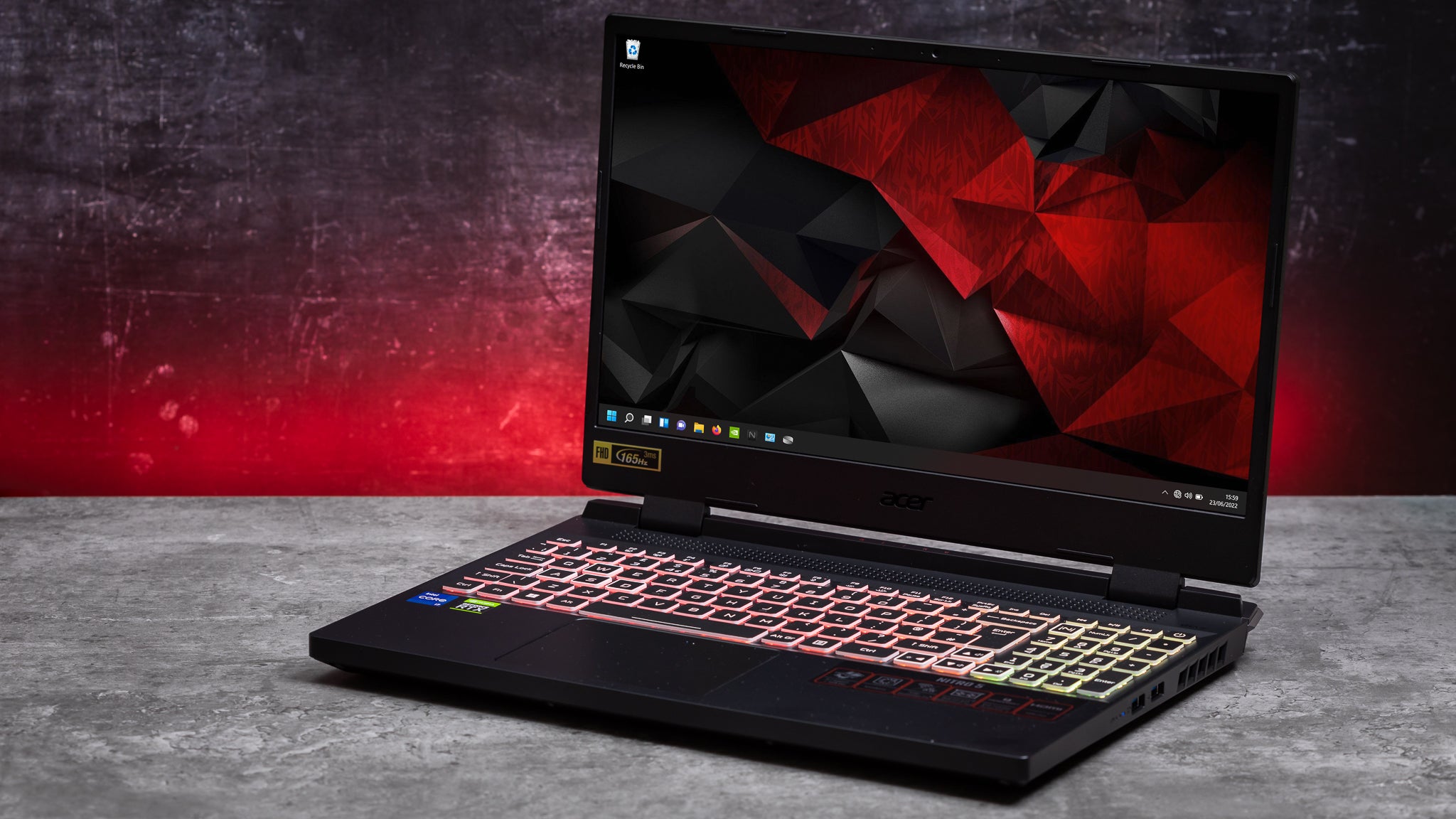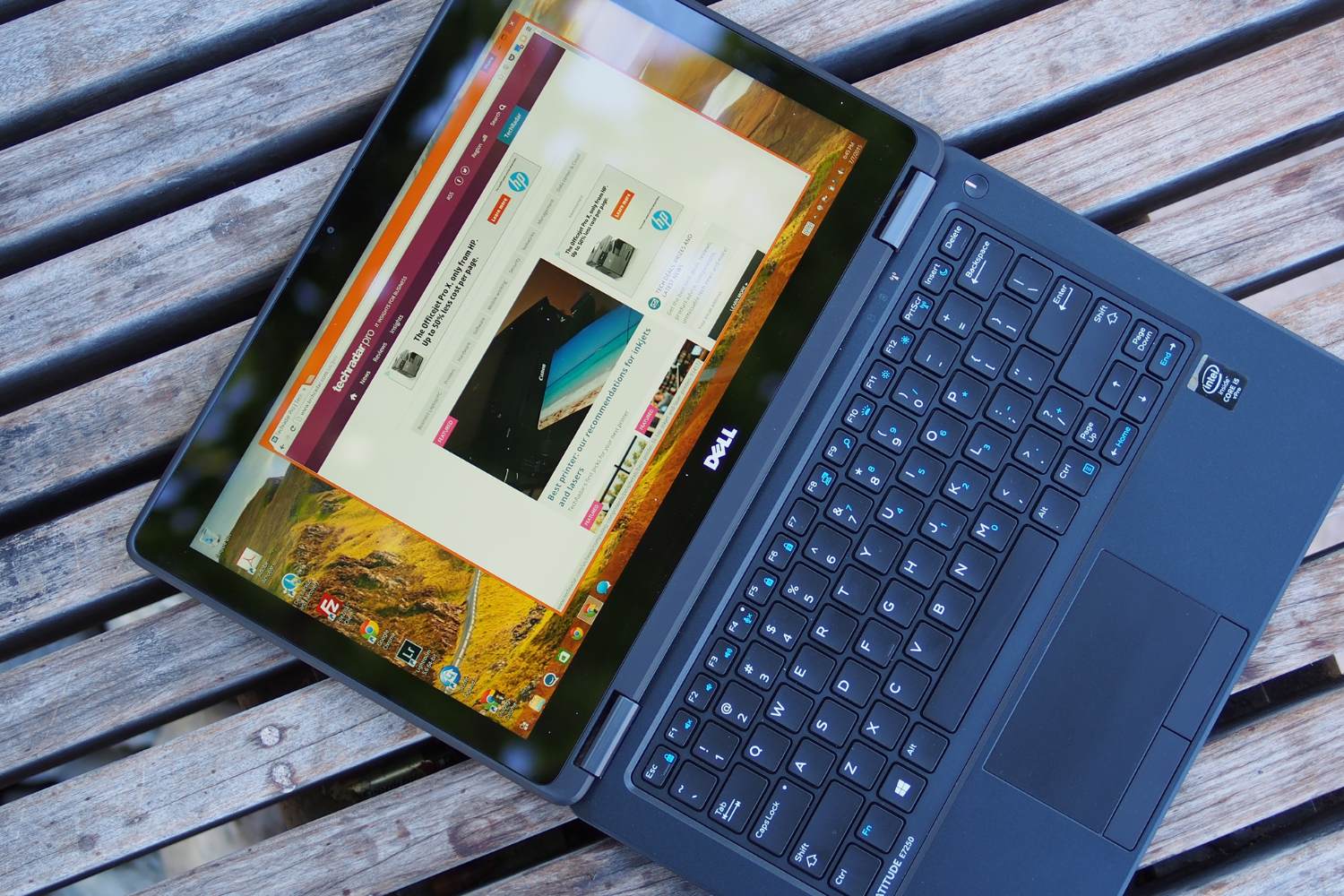Introduction
The evolution of operating systems has always been a topic of interest for tech enthusiasts. With each new release, users eagerly anticipate the latest features, improvements, and enhancements that will enhance their digital experiences. Among the most widely used operating systems, Windows has consistently captured the attention of users worldwide. From Windows 95 to Windows 10, Microsoft has continuously worked on refining its operating system to meet the evolving needs of its users.
As Windows 10 continues to dominate the market, many are wondering when the next iteration, Windows 12, will come out. The release of a new Windows operating system is often met with excitement and speculation, as users anticipate the introduction of cutting-edge features and a more immersive computing experience.
In this article, we will explore the history of Windows operating systems, discuss the potential release date of Windows 12, delve into the rumored new features and improvements it may bring, and provide insights into the compatibility and system requirements users can expect. So, let’s dive in and unravel the mysteries surrounding the release of Windows 12!
History of Windows Operating Systems
To understand the significance of the highly anticipated release of Windows 12, let’s take a look back at the history of Windows operating systems and how they have evolved over the years.
It all started with the release of Windows 1.0 in 1985, which introduced a graphical user interface (GUI) and brought the concept of icons, windows, and menus to the computing world. This groundbreaking development revolutionized the way users interacted with their computers.
Windows 3.0, released in 1990, further refined the GUI experience and introduced features like improved multitasking and the ability to run applications within windows. The subsequent releases, Windows 95, Windows 98, and Windows ME, focused on enhancing the user interface and introducing features like the Start menu, taskbar, and improved device driver support.
With the release of Windows XP in 2001, Microsoft introduced a more stable and secure operating system that gained widespread popularity. Windows Vista, released in 2006, faced mixed reviews due to compatibility issues and performance concerns.
Microsoft redeemed itself with the release of Windows 7 in 2009, which combined the reliability of Windows XP with improved performance and a sleeker desktop interface. Windows 8, released in 2012, brought a touch-centric interface and integration with Microsoft’s app store but received a lukewarm response from users.
In 2015, Microsoft launched Windows 10, which sought to address the shortcomings of Windows 8 and provide a unified experience across different devices. Windows 10 has since become the flagship operating system for Microsoft, with regular updates and feature releases.
Throughout the history of Windows operating systems, Microsoft has focused on improving performance, enhancing user experience, and increasing compatibility with a wide range of hardware and software. With each iteration, Windows has evolved to accommodate the changing technological landscape and user demands.
Now that we have traced the journey of Windows operating systems, let’s move on to the highly anticipated release of Windows 12 and when we can expect to see it in action.
Release Date of Windows 12
The release date of Windows 12 has been a topic of speculation and anticipation among Windows users. While Microsoft has not officially announced a specific release date for Windows 12, there are a few factors that can help us make educated guesses about its potential launch.
Typically, Microsoft follows a pattern of releasing new versions of Windows every few years. However, since the release of Windows 10 in 2015, Microsoft has shifted its strategy to a “Windows as a Service” model, providing regular updates and feature releases rather than releasing entirely new versions of the operating system.
Based on this new approach, it is possible that Microsoft may continue with the iterative updates to Windows 10, rather than releasing a new standalone version like Windows 12. In fact, some industry experts speculate that Microsoft may move away from the numbered versioning scheme altogether, opting for a more continuous release cycle.
That being said, there are rumors and leaks suggesting that Microsoft may be working on a significant update codenamed “Sun Valley” that could be released as Windows 12. This update is said to bring a new design language, improved performance, and new features to the Windows operating system.
Taking into consideration these rumors and the usual release cycle of Microsoft, it is speculated that Windows 12, or the major “Sun Valley” update, could potentially be released in the second half of 2021 or early 2022. However, it’s important to note that these dates are purely speculative and subject to change based on Microsoft’s development and testing schedules.
As of now, we can only wait for official announcements from Microsoft regarding the release date of Windows 12. In the meantime, keeping an eye on Microsoft’s official channels and tech news outlets can help stay up-to-date with the latest information about the highly anticipated release.
Now that we have discussed the potential release date of Windows 12, let’s explore the rumored new features and improvements that users can expect from this next iteration of the popular operating system.
New Features and Improvements in Windows 12
While the official details of Windows 12 are yet to be announced by Microsoft, rumors and leaks have provided some insights into the potential new features and improvements we can expect from this next iteration of the Windows operating system.
One of the major rumored features of Windows 12 is a redesigned and modernized user interface. The “Sun Valley” update is said to bring a fresh design language, with updated icons, a revamped Start menu, and a more visually appealing desktop environment. This overhaul aims to provide users with a more intuitive and immersive experience while navigating through the operating system.
Improved performance is also expected in Windows 12. Microsoft is reportedly working on optimizing resource usage and enhancing system responsiveness. This will ensure faster boot times, smoother multitasking, and overall better performance, allowing users to work more efficiently and seamlessly.
Another rumored feature in Windows 12 is enhanced integration with Microsoft’s cloud services. With an increasing focus on cloud computing, it is likely that Microsoft will prioritize tighter integration with services like OneDrive and Microsoft 365. This integration can provide seamless access to files and documents across devices and allow for a more connected and productive workflow.
Windows 12 is also expected to bring improvements to gaming capabilities. Microsoft has been actively investing in its gaming division, and it is likely that the new operating system will provide enhanced support for gaming technologies like DirectX, better optimization for gaming performance, and possibly new features for in-game streaming and social interaction.
While these are just a few of the rumored features and improvements we might see in Windows 12, it’s important to approach them with a healthy dose of skepticism until official announcements are made by Microsoft. The tech giant has a history of surprising users with unexpected features and innovations, so it will be exciting to see what Windows 12 brings to the table.
Now that we have explored the potential new features and improvements in Windows 12, let’s move on to discussing the compatibility and system requirements for this upcoming operating system.
Compatibility and System Requirements
As Windows 12 is still in the realm of speculation, it is difficult to provide concrete details about its compatibility and system requirements. However, we can make some educated assumptions based on Microsoft’s past practices and the evolving hardware landscape.
Generally, Microsoft strives to ensure that newer versions of Windows are compatible with a wide range of hardware configurations. It is expected that Windows 12, if released, will support both 32-bit and 64-bit processors, as well as a variety of hardware devices from laptops and desktops to tablets and hybrid devices.
In terms of system requirements, it is likely that Windows 12 will have similar or slightly higher specifications compared to its predecessor, Windows 10. This means that a modern processor, such as an Intel Core i5 or AMD Ryzen 5, and a minimum of 4GB of RAM will likely be required for smooth performance.
As for storage, Windows 12 is expected to require at least 64GB of free space on the hard drive or solid-state drive (SSD) for installation. It is worth noting that newer versions of Windows often require more storage space to accommodate additional features and updates.
Additionally, it is likely that Windows 12 will continue to support a wide range of graphics cards, ensuring compatibility with both integrated and dedicated GPUs. This will allow users to take advantage of graphical enhancements, gaming capabilities, and accelerated multimedia performance.
Microsoft has also been emphasizing compatibility with older software and hardware in recent versions of Windows. It is expected that Windows 12, if released, will continue this trend, ensuring that legacy applications and devices can still function on the new operating system.
However, it is important to remember that these assumptions about compatibility and system requirements are purely speculative and could change based on Microsoft’s decisions during development and testing. Therefore, it is always recommended to refer to official announcements and documentation from Microsoft for the most accurate and up-to-date information on compatibility and system requirements for Windows 12.
Now that we have discussed the potential compatibility and system requirements, let’s wrap up our exploration of Windows 12 and summarize the key points we have covered in this article.
Conclusion
In this article, we have delved into the highly anticipated release of Windows 12, exploring its potential release date, rumored features, and compatibility implications. While Microsoft has not officially announced Windows 12, the tech community is buzzing with excitement and speculation about what this next iteration of the popular operating system may bring.
We began by tracing the history of Windows operating systems, highlighting their evolution and the continuous efforts of Microsoft to improve performance, enhance user experience, and adapt to changing technological landscapes. From Windows 1.0 to Windows 10, each release brought new features and refinements, setting the stage for the future of Windows.
Considering the release date of Windows 12, we discussed the possibility of Microsoft continuing with its “Windows as a Service” strategy, focusing on iterative updates to Windows 10 rather than a standalone version. However, rumors of a major “Sun Valley” update hint at a potential Windows 12 release in the second half of 2021 or early 2022.
We then explored the rumored new features and improvements in Windows 12. A redesigned user interface, improved performance, better integration with Microsoft’s cloud services, and gaming enhancements were some of the anticipated highlights that could shape the user experience in the next version of Windows.
When it comes to compatibility and system requirements, we made assumptions based on Microsoft’s past practices. We expect Windows 12 to support a wide range of hardware configurations, require a modern processor, ample RAM, and sufficient storage space.
It’s important to note that the information presented in this article is based on speculation and rumors. Official announcements from Microsoft will provide the accurate and authoritative details about Windows 12.
As Windows users eagerly await the release of Windows 12, the anticipation continues to grow. Whether it brings revolutionary features or iterative enhancements, Windows 12 is sure to shape the future of computing and provide users with a more immersive and productive digital experience.







